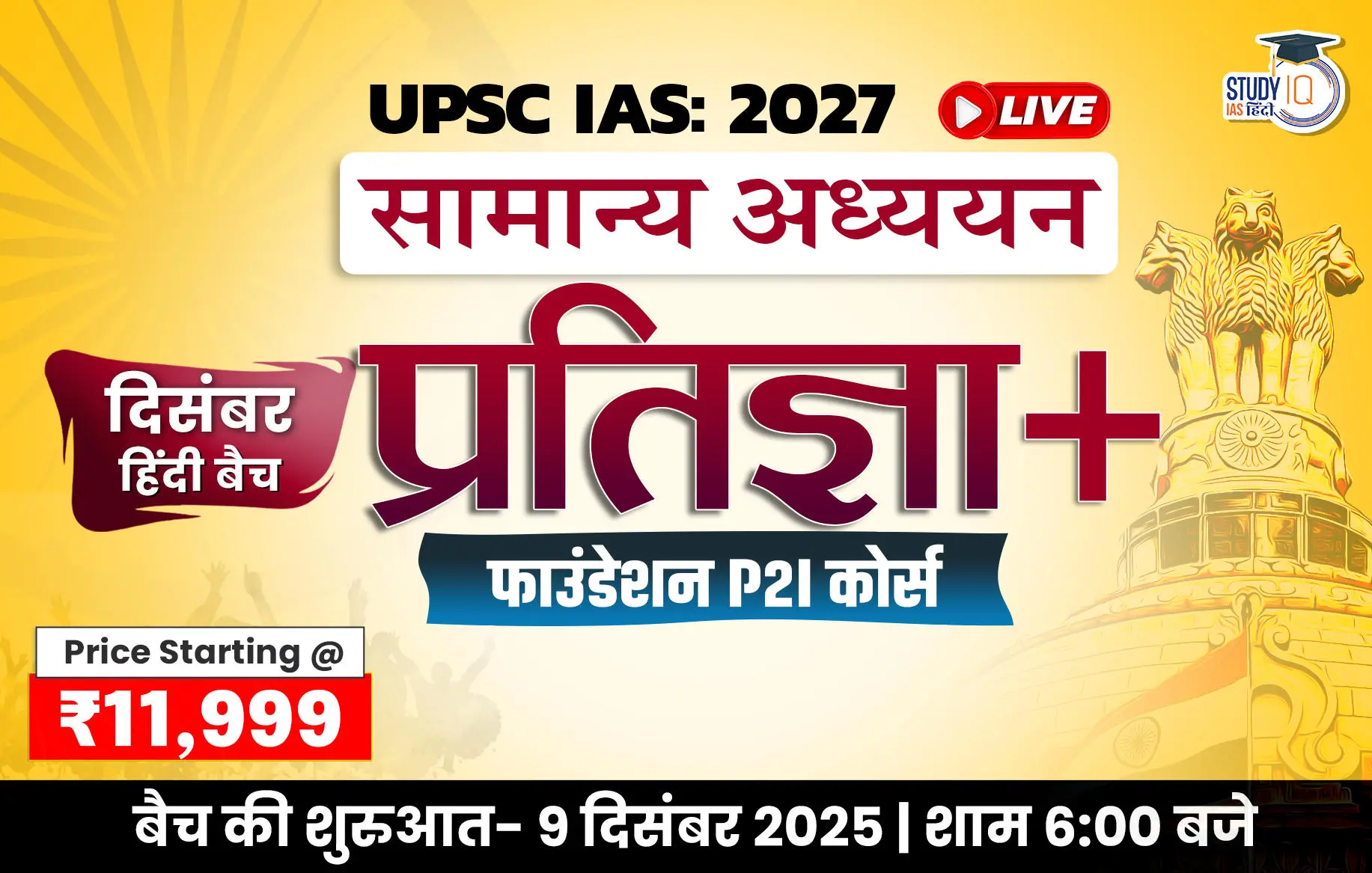Table of Contents
Context: Low Earth Orbit (LEO) has become the most crowded “real estate” in space. Rapid growth in satellite launches, particularly for satellite internet, is leading to congestion and rising concerns over space debris.
What is Space Debris?
- Space debris, also known as space junk, refers to man-made objects that are no longer operational and orbit Earth.
- These objects include defunct satellites, spent rocket stages, fragments from spacecraft collisions, and other discarded hardware from past space missions.
- Space debris is a consequence of decades of human space exploration. As more satellites and rockets have been launched into space, and some of them have reached the end of their operational life, they become space debris.
Growth of the Space Industry
- The space sector has expanded faster in the last 5 years than in the previous six decades combined.
- There are ~15,000 active satellites today; over 56% launched since 2020, most in Low Earth Orbit (LEO, 500-1,000 km altitude).
- LEO can hold ~60,000–100,000 satellites → filling up fast.
- International Space Station (ISS) retiring by 2030 → new wave of private stations such as Axiom Space, Orbital Reef (Blue Origin), Starlab etc.
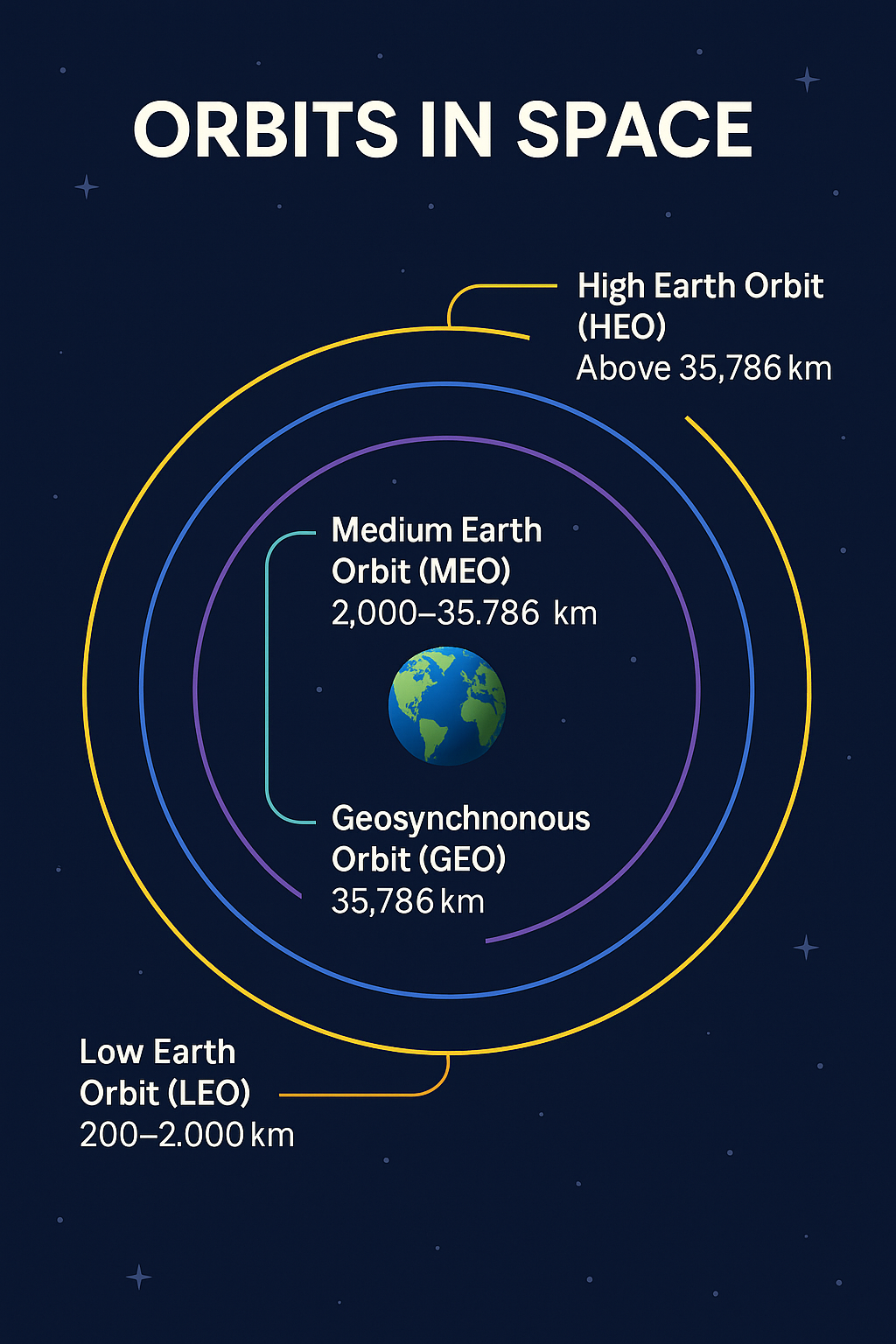
Key Pillars of the emerging space economy
- Satellite internet boom (SpaceX Starlink with 7,600+ satellites; plans for 40,000 by 2030).
- Reusable rockets (Falcon 9, Falcon Heavy) are cutting costs by 80–90%.
- Megaconstellations (100+ satellites launched together).
- Private space stations for habitation and research.
- Microgravity manufacturing of medicines, alloys, and semiconductors.
Current State of Space Debris
- There are currently over 10,000 active satellites in orbit around Earth.
- By the 2030s, the number of satellites is expected to increase to 100,000, with a potential rise to half a million in the following decades.
- According to NASA, there are approximately 23,000 pieces of debris larger than a softball orbiting the Earth.
- They travel at speeds up to 17,500 mph, fast enough for a relatively small piece of orbital debris to damage a satellite or a spacecraft.
- There are half a million pieces of debris the size of a marble or larger (up to 0.4 inches, or 1 centimetre), and approximately 100 million pieces of debris about .04 inches (or one millimetre) and larger.
- There is even smaller micrometre-sized (0.000039 of an inch in diameter) debris.
- The number of satellites orbiting Earth is expected to reach 60,000 by 2030, up from the current 9,000, and the amount of untracked debris is a cause for concern.
Sources of Satellite Pollution
- Burn-up of Satellites: When satellites reenter the atmosphere, they disintegrate at high altitudes, releasing materials such as aluminium and nitrogen oxides into the stratosphere.
- Rocket Launch Emissions: The emissions from rocket launches include pollutants like black carbon, nitrogen oxides, carbon monoxide and chlorine gases, which are harmful to both air quality and climate.
- Aluminium oxide acts as a catalyst in reactions involving ozone and chlorine.
Reasons Behind the Increasing Space Junk
- Satellite Mega-Constellations: Companies like SpaceX (Starlink), OneWeb, and Amazon (Kuiper) are launching thousands of satellites for internet connectivity.
- These constellations dramatically increase the crowding of Low Earth Orbit (LEO).
- Falling Launch Costs: Reusable rockets (Falcon 9, Falcon Heavy) cut launch costs by 80–90%.
- Defunct Satellites: Many satellites are left in orbit after their operational life ends (average 5–10 years). They drift uncontrolled, increasing the chances of collision.
- Explosions and Collisions: Accidents such as the 2009 Iridium-Cosmos collision generated thousands of debris fragments. Old rocket stages sometimes explode due to leftover fuel.
- Anti-Satellite (ASAT) Tests: Destructive tests by China (2007), the USA (2008), and India (2019) have created clouds of debris.
- Eg: China’s 2007 test alone created 3,000+ trackable fragments.
- Lack of Global Governance: No binding international treaty exists to control space debris. Current guidelines (like UN Space Debris Mitigation Guidelines) are voluntary.
Impact on Atmospheric Chemistry
- Ozone Layer Depletion: The Ozone layer absorbs up to 99% of harmful ultraviolet (UV) radiation from the sun. Pollutants like aluminium oxide are known catalysts for ozone depletion. As these materials accumulate in the stratosphere, they can react with chlorine compounds—residuals from past chlorofluorocarbon (CFC) use—to degrade ozone molecules.
- Climate Change Implications: Soot emitted from rocket engines can absorb solar energy, contributing to atmospheric warming. Copper and other metals released during spacecraft burn-up could trigger chemical reactions, potentially promoting the formation of cloud-forming particles, which can alter weather patterns.
Impacts and Risks of Space Debris
- Threat to Operational Satellites: Space debris can collide with operational satellites and spacecraft, causing damage or destruction. This can lead to the loss of critical communication, navigation, weather monitoring, and remote sensing services that rely on satellites.
- Chain Reaction (Kessler Syndrome): A major collision between large objects could trigger a chain reaction known as the Kessler Syndrome, where the resulting debris creates more collisions, leading to a self-sustaining cascade that significantly increases the amount of debris in orbit.
- Risk to Human Spaceflight: Space debris poses a risk to crewed spacecraft and astronauts on the International Space Station (ISS) and other future crewed missions. Even small debris fragments can cause severe damage to spacecraft hulls and vital systems.
- Reduction of Orbital Slots: The accumulation of space debris in specific orbital regions can limit the availability of desirable orbital slots for future missions.
- Impact on Earth from Re-Entry: When larger objects or satellites re-enter the Earth’s atmosphere, some parts may survive the heat of re-entry and reach the surface. While most of the Earth’s surface is water, there is still a risk of debris hitting populated areas.
- International Tensions: As more countries engage in space activities, disputes may arise concerning responsibility for space debris mitigation and liability for damages caused by collisions involving spacecraft from different nations.
| Space Projects of India and Other Countries | |
| India |
|
| Global |
|
Way Forward
- Global Governance: A binding space debris treaty under the UN. Extend the International Telecommunication Union (ITU’s) role beyond spectrum allocation to orbital traffic management.
- Responsible Launch Practices: Mandate “end-of-life” de-orbiting or shifting to graveyard orbits & Design biodegradable satellites that burn up completely on re-entry.
- Ban Destructive ASAT Tests: Promote non-destructive testing (e.g., cyberwarfare simulations, electronic jamming).
- Incentives for Debris Removal: Encourage the “polluter pays” principle. Insurance premiums linked to compliance with debris mitigation.
- International Collaboration: Shared Space Situational Awareness (SSA) systems & Global data-sharing platforms on debris tracking.
- Public-Private Partnerships: Governments and private firms must jointly invest in debris-removal technologies.
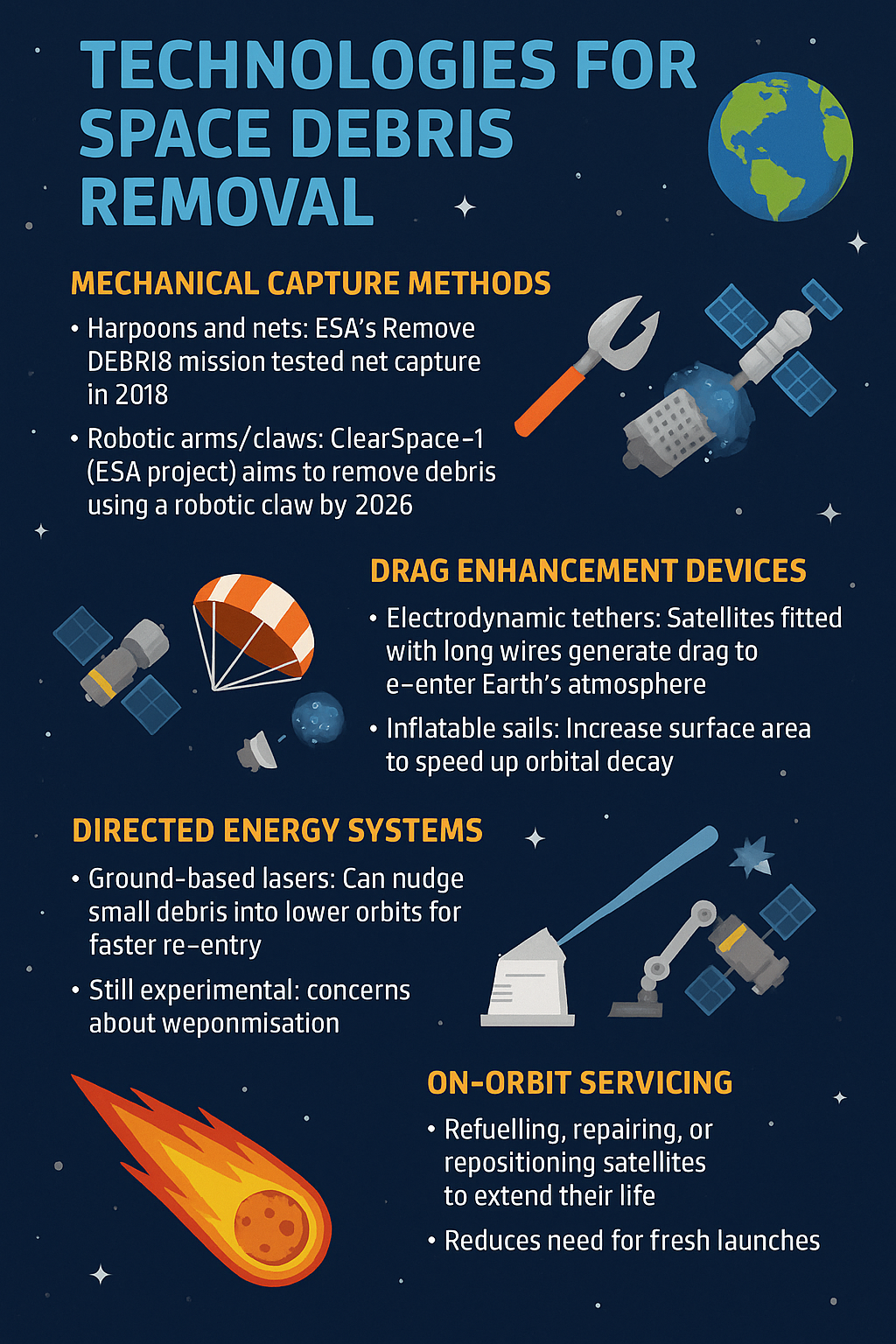
| ISRO’s Role in Tackling Space Junk |
|

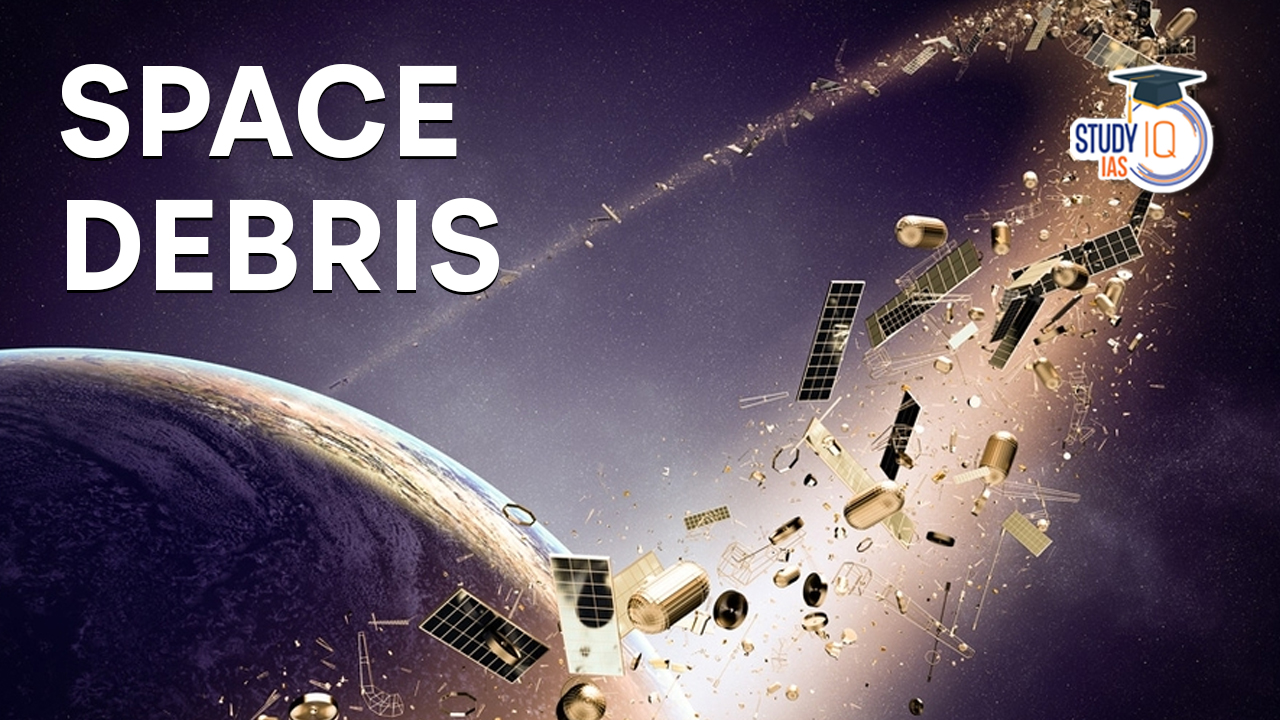
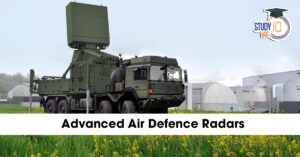 Advanced Air Defence Radars: Types, Comp...
Advanced Air Defence Radars: Types, Comp...
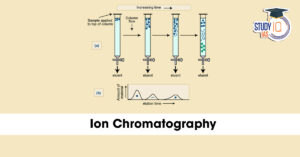 Ion Chromatography, Working and Applicat...
Ion Chromatography, Working and Applicat...
 Broadly Neutralising Antibodies (bNAbs):...
Broadly Neutralising Antibodies (bNAbs):...


